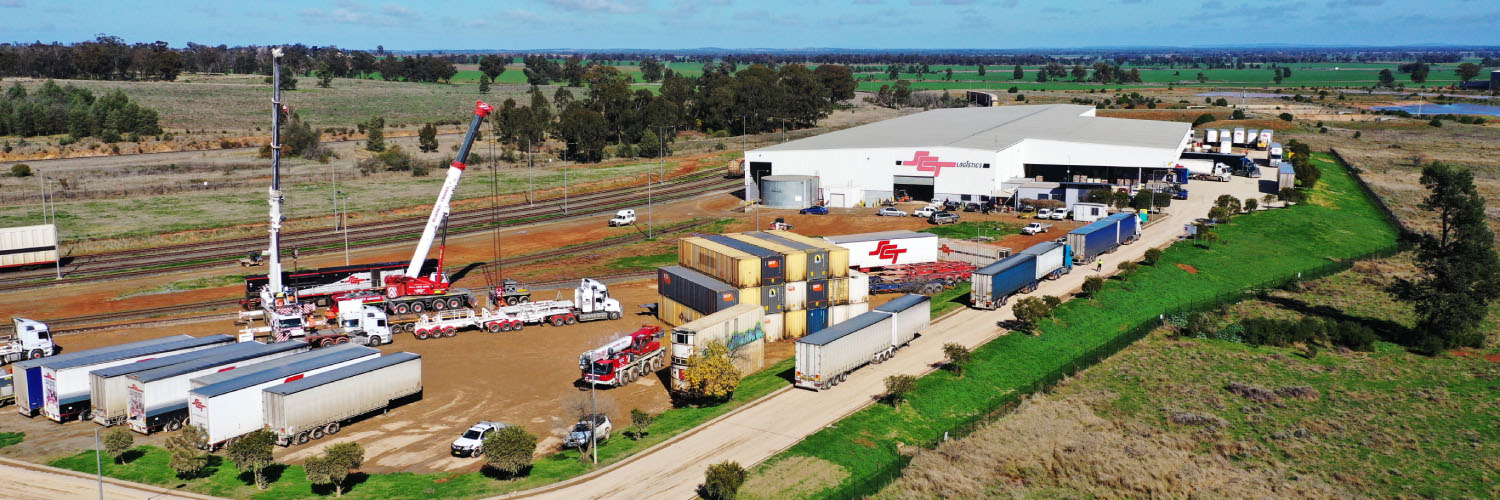While traditionally anchored in agriculture, manufacturing and mining, the region’s health, education and tourism sectors present opportunities for economic growth.
We are also seeing emerging opportunities in food production and packaging, aged care and related services, critical minerals production and renewable energy.
Employment land
While the Parkes SAP will provide an economic boost for part of the region, the regional plan aims to leverage other employment lands to take advantage of existing specialisations and industry clusters.
Investments like Parkes SAP, the REZ and mining and health and education specialisations need flexible planning and development controls. New employment land may also be required, particularly where we can utilise existing infrastructure, including former mines, power stations or other sites serviced by pipelines, transport access and electricity.
The emergence of advanced manufacturing can capitalise existing industries such as the manufacturing sector in areas such as Cowra, Oberon, Lithgow and Bathurst.
Read objective 3 (PDF, 23.1 MB) and objective 18 (PDF, 23.1 MB) of the regional plan to find out more.
Agriculture and innovation
Agricultural production in the Central West and Orana includes irrigated cotton, lucerne, winter cereals, horticulture as well as extensive areas of dryland cropping, livestock grazing (including beef, sheep and wool), and timber production in the region’s east.
The region’s agriculture industry is estimated to produce $2.4 billion of agricultural commodities annually.
It supports an extensive value chain including major livestock centres in Dubbo and Blayney, transport, logistics and inter-modal transport hubs, cotton gins, canneries, packing and processing.
Climate vulnerability will influence where these industries locate. Agricultural production also needs to be protected from other land uses, such as rural-residential and urban development.
Agricultural products with short term supply chains and perishable products will become more important in the future. The regional plan suggests new approaches, such as vertical farms and insect farms, should be considered.
The region’s agricultural economy is innovating into higher value-added manufacturing and food processing. This includes organic and free-range production, grain milling, animal product and fibre processing, pet food manufacturing, and packing of raw fruits, vegetables, meats and seeds.
Agricultural innovations are also helping to improve ecosystems. Regenerative agriculture contributes to zero waste and carbon neutrality while helping producers to enter niche markets and sell high value products.
The regional plan notes the need to protect rural land, which is largely used for agriculture, as other uses flourish. Uses like rural residential development, agritourism, renewable energy infrastructure, mining and extraction need to be carefully planned to avoid conflicting impacts on agricultural productivity.
Read objective 19 (PDF, 23.1 MB) of the regional plan to find out more.
Health and education
The region’s health and education add around $1.6 billion of value to the region’s economy. The regional plan notes the benefits of planned health and education precincts. These allow shared facilities, encourage innovation and attract private investment.
Healthcare, social services and education account for 24% of the Central West and Orana region’s jobs.
Dubbo Regional Council has partnered with Charles Sturt University, the Western NSW Local Health District and Department of Planning and Environment to develop a Health, Education and Wellbeing Precinct Master Plan.
The Orange Health and Innovation Precinct is being master planned to attract residents, businesses, jobs and enterprise, while creating synergies with education and research.
The regional plan calls for similar precinct-based planning in places like Cowra, Gilgandra and Coonabarabran. It also suggests opportunities around major education institutions in Bathurst, Dubbo, Orange and Lithgow to create mixed use precincts.
Read objective 21 (PDF, 23.1 MB) of the regional plan to find out more.
Country Universities Centre
Country Universities Centre in Parkes is a dedicated learning and study space that provides access to high-speed internet, modern technology and general academic support to anyone studying higher education from any higher education provider.
Cowra Shire and Mid-Western Regional councils are seeking to establish country universities centres to provide tertiary education opportunities for their communities.
Tourism
Many come to the Central West and Orana region to visit places like the Blue Mountains, and Warrumbungle and Wollemi national parks. Visitors can enjoy the region’s vibrant arts scene, food and beverage trails, character-filled towns and historic villages such as Gulgong and Millthorpe.
In 2018-19 tourism-related industries contributed $559 million to the region’s economy.
The regional plan notes the need for complementary products and experiences. This includes eco-accommodation, nature-based and cultural experiences, food and wine experiences (including agritourism), adventure activities and event facilities.
The regional plan also notes the improved connections to and from Sydney, Newcastle and Canberra will open up new tourism opportunities.
Read objective 22 (PDF, 23.1 MB) of the regional plan to find out more.
